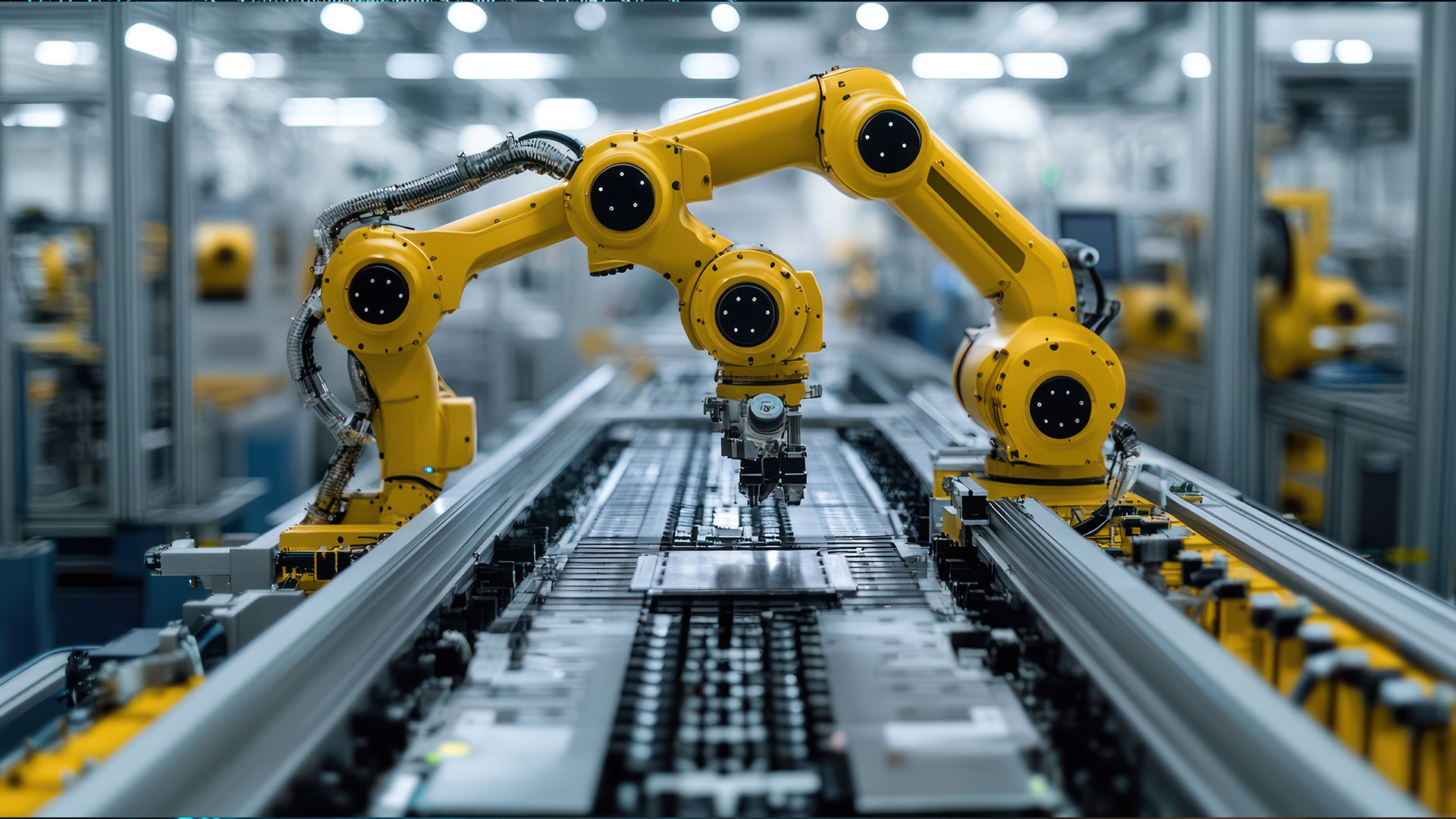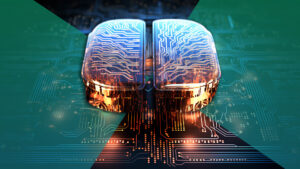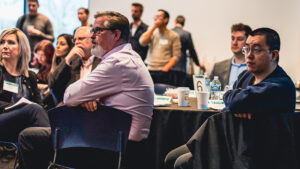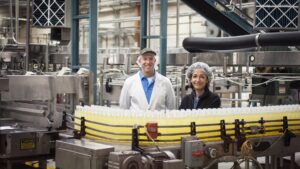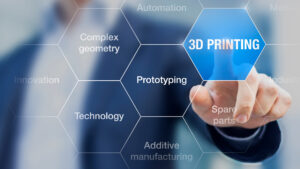AI is often feared as a job killer, but it has the potential to create many skilled roles essential for its effective operation. From prompt engineers to data scientists and programmers, demand is surging for professionals who can understand and implement AI.
However, experience and education remain critical barriers. A study by National University found that 77% of AI-related job openings require a master’s degree in a relevant field, while only 8% accept applicants with just a high school diploma—widening the gap between those who can deploy AI and those who cannot.
To bridge this divide, companies like Coursera are offering AI certifications for all skill levels. The Coursera Generative AI Academy, in partnership with Amazon, IBM, and ADP, teaches ethical and responsible AI use. One course of particular value to manufacturing is the DeepLearning.AI Data Engineering Professional Certificate, which provides skills in AI data trend analysis, methodology, and collection. With a six-month completion time, it offers a faster, more accessible path to AI proficiency than traditional academic routes.
Yet, the biggest challenge to building an AI-ready workforce may not be the workers themselves, but the organizations they hope to join.
The Infosys AI Readiness Report, which surveyed over 1,500 organizations and interviewed 40 top CEOs, found that only 2% of companies are prepared to deploy AI effectively across talent, strategy, governance, data, and technology. Just 9% have the technological infrastructure to support AI, and only 10% have accessible data for AI analysis. Worse still, only 12% offer AI training to their workforce.
These findings highlight how AI is disrupting the corporate model, with most organizations unprepared to capitalize on its potential. To fully realize AI-driven productivity gains, businesses must invest in workforce training and modernize their data infrastructure. Success will require a company-wide effort—from the C-suite to the factory floor—to understand and embrace AI’s transformative power.


